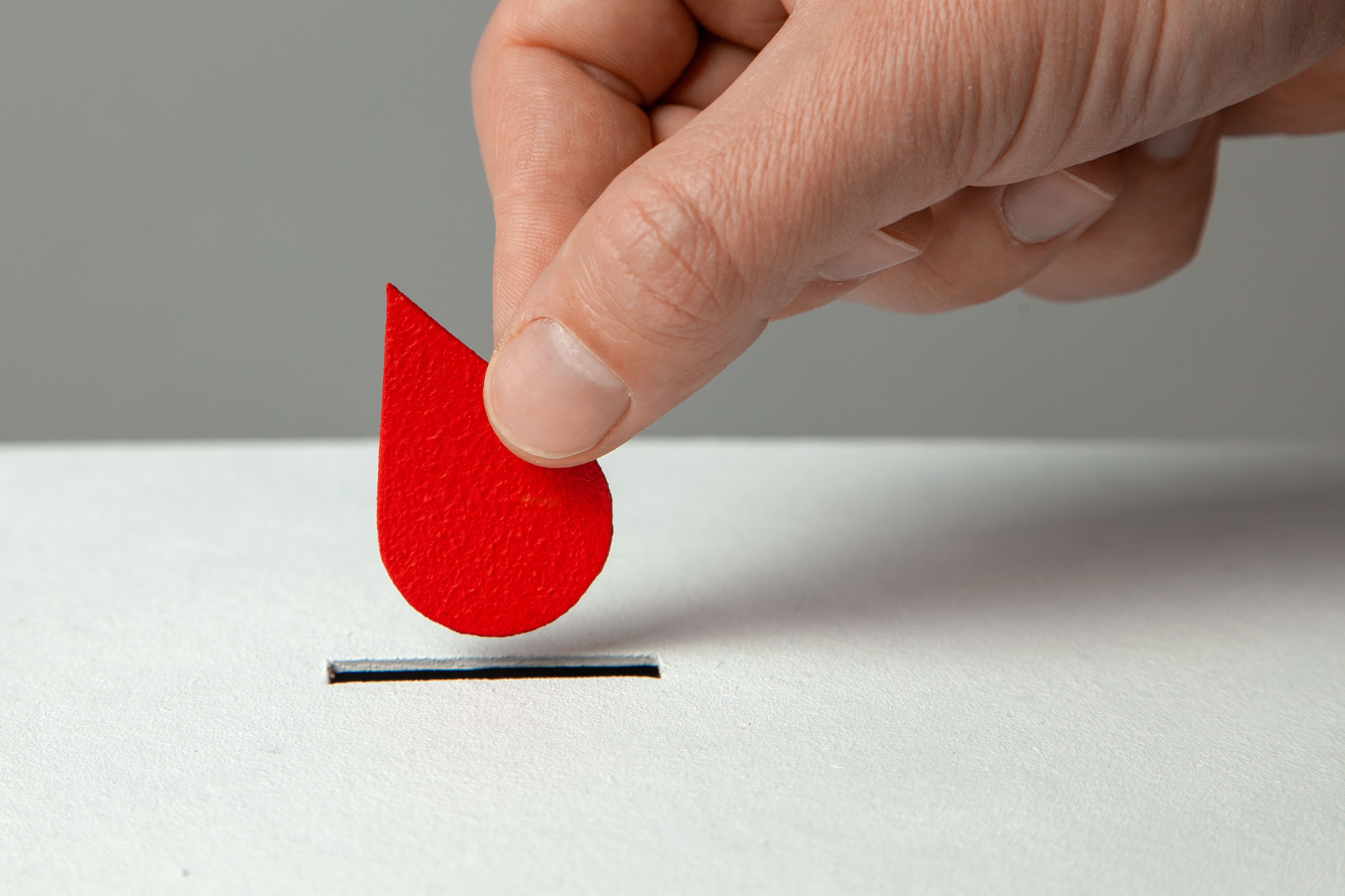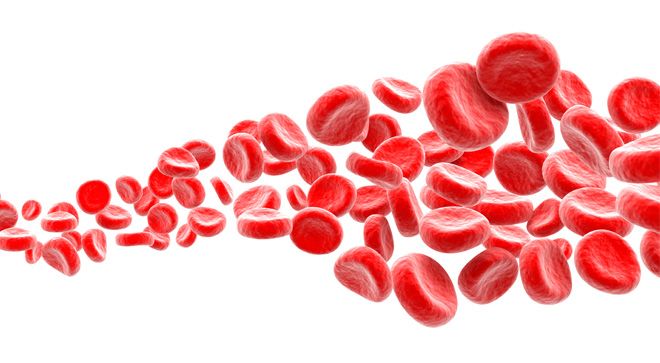Article
Reblozyl Improves Blood Transfusion Independence in Lower-Risk MDS
Author(s):
Reblozyl treatment in patients with anemia from lower-risk myelodysplastic syndromes achieved a greater independence from red blood cell transfusions compared with treatment with epoetin alfa.
Independence from red blood cell transfusions was achieved in 59% of patients treated with Reblozyl compared with 31% of those treated with epoetin alfa.

Reblozyl (luspatercept) increased the likelihood that patients with lower-risk myelodysplastic syndromes (MDS) achieved red blood cell transfusion independence and increased hemoglobin compared with epoetin alfa, according to results from a phase 3 trial.
In particular, the benefit obtained with Reblozyl was in patients who have never been treated with an erythropoiesis-stimulating agent, which is the standard-of-care treatment for anemia in most patients with lower-risk MDS, according to the study published in The Lancet. Even though erythropoiesis-stimulating agents are considered standard treatment, responses are often limited and brief in this patient population.
Anemia is a common complication in patients with lower-risk MDS, affecting nearly 90% of patients, according to a previous publication in the Hematology ASH Education Program. This reduction in red blood cells may cause patients with lower-risk MDS to feel tired, weak and short of breath.
Researchers in this phase 3 COMMANDS trial compared the effects of Reblozyl with epoetin alfa in patients with anemia as a result of lower-risk MDS who never received an erythropoiesis-stimulating agent. These patients also required red blood cell transfusions for anemia management before enrolling in the trial.
Of note, Reblozyl is administered to patients with lower-risk MDS once every three weeks, whereas epoetin alfa is given to patients once a week.
This particular analysis focused on 301 patients from this trial, of whom 147 were assigned Reblozyl and 154 were assigned epoetin alfa. Both groups completed 24 weeks of treatment or discontinued their assigned therapy before this time point.
The main outcome researchers assessed was independence from red blood cell transfusions for at least 12 weeks with an increased mean hemoglobin of at least 1.5 grams per deciliter during this 24-week period. Researchers also focused on the safety of Reblozyl and epoetin alfa in patients who received at least one dose of either treatment.
Independence from red blood cell transfusions was achieved in 59% of patients treated with Reblozyl compared with 31% of those treated with epoetin alfa. Patients in the Reblozyl group had a longer median treatment exposure time compared with those in the epoetin alfa group (42 weeks versus 27 weeks).
The most common severe or life-threatening treatment-emergent (not present before treatment or worsens after treatment) side effects that occurred in at least 3% of patients assigned Reblozyl included high blood pressure, shortness of breath, anemia, thrombocytopenia (low platelet count), neutropenia (low number of neutrophils, a type of white blood cell), pneumonia, MDS, COVID-19 and loss of consciousness. In contrast, the most common severe or life-threatening side effects with epoetin alfa were pneumonia, anemia, high blood pressure, neutropenia, COVID-19, iron overload and MDS.
The most common side effect related to treatment with Reblozyl itself included weakness, fatigue, shortness of breath, nausea, headache and high blood pressure. There were no side effects of this kind — meaning none occurred in at least 3% of patients — in those treated with epoetin alfa.
Researchers noted in the study that one death after a patient received a diagnosis of acute myeloid leukemia was thought to be linked to treatment with Reblozyl. This death occurred in a patient who was treated with Reblozyl for 44 days.
For more news on cancer updates, research and education, don’t forget to subscribe to CURE®’s newsletters here.




